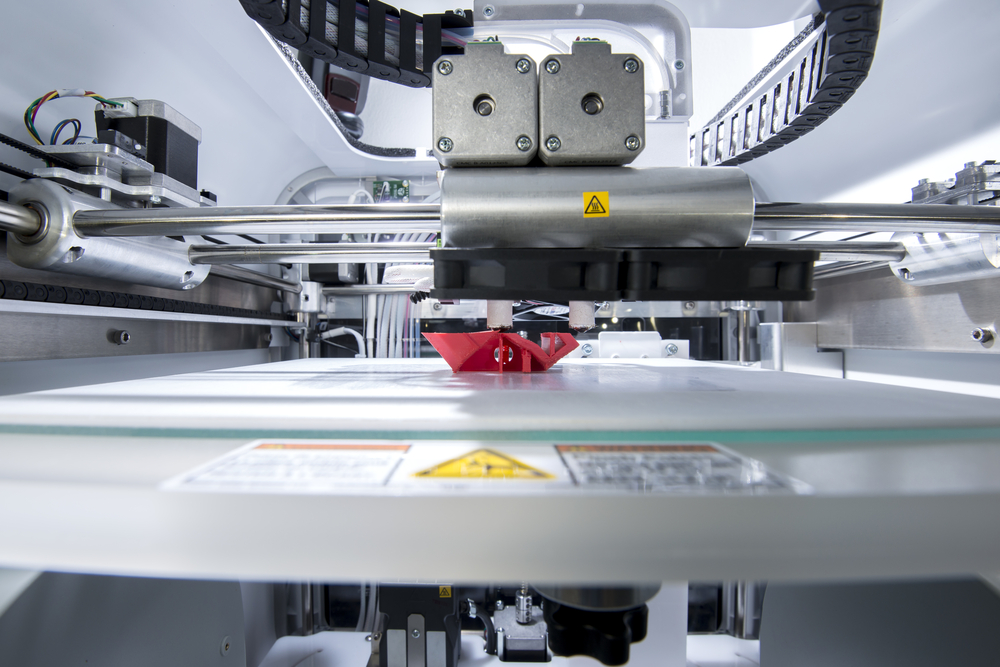3D printing is one of those technologies most people do not think about every day. Indeed, it is still a niche market among consumers. Researchers and scientists have used large-scale 3D printers to produce innovative solutions from which everyone can benefit. Dutch researchers recently came up with a way to potentially change the way houses are built years from now. They used a 3D printed facade to optimize a building’s thermal performance. It is an interesting idea, although Spong3D is not ready for mass production just yet.
Spong3D Could Be a Game Changer for Thermal Performance
The way we build houses and apartments has not changed all that much over the past few decades. Bricks, mortar, and insulation are still the main components of every new building. Add in a few windows and balconies, and you have yourself a nice apartment building. However, there are still a lot of improvements to be made, and it appears a 3D printed solution could be the missing piece of the puzzle. That is what researchers in the Netherlands firmly believe, at least.
A collaboration between students at the Universities of Delft and Eindhoven has yielded some unexpected results. They came up with a way to 3D print a facade system viable for constructing houses and apartments alike. This material, which is known as Spong3D, can be adapted to different climate conditions and optimizes the building’s thermal performance. In hotter regions the facade provides ventilation, whereas colder regions require a version which keeps heat trapped inside at all times.
Spong3D is installed inside a wall. It will not replace the way walls are built, although compound walls will look a lot different thanks to Spong3D. The main benefit of the new material is that not only can it be 3D printed with relative ease, it can be produced with a complex structure that completes various thermal functions. Thermal insulation and heat storage are just two of the examples which come to mind almost immediately. Being able to store heat within one’s walls would be significant.
Moreover, the material gives building occupants more control over the heat exchanged between the interior and exterior. Right now, that is pretty much impossible to achieve, as the building itself can be prone to small gaps through which air and heat travel freely. A more energy-efficient solution such as Spong3D would thus prevent occupants from overpaying for heat and electricity, since everything would be more efficient.
Although the seasons change throughout the year, the internal climate of a building could be maintained at all times using Spong3D. The technology also has the potential to decrease any negative environmental impact from a particular building, and the energy requirements for heating and air conditioning will be severely affected. Once that happens, the whole world will slowly become more energy efficient as a result. That said, it will take years, if not decades, before any major changes occur.
The main question is if and when we shall see Spong3D come to market. For now, it does not appear that will be happening anytime soon, as the project still needs to be optimized and modified accordingly. An initial test was recently successful, but it was performed within a controlled environment. It remains to be seen how this material performs when used in the real world, and those results could be very different. It is possible we will see Spong3D become commercially available in the future, though it won’t be anytime soon.

